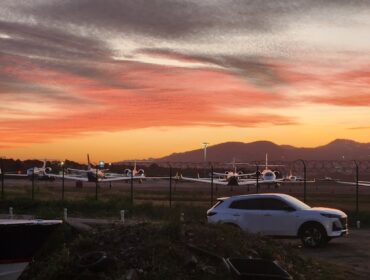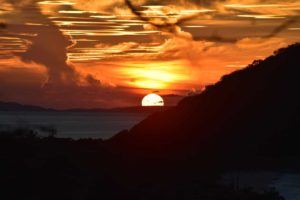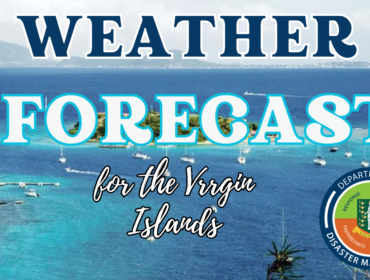Scientists are currently in the Territory conducting an eight-day analysis of the geological effects of Hurricane Earl on Anegada to ascertain whether a hurricane impact was responsible for the catastrophic overwash that occurred between 1650 and 1800.
According to the Director of the Department of Disaster Management Sharleen DaBreo, this study is ongoing and relevant because scientists are concerned that the Subduction Zone in this part of the region could create a significant earthquake or tsunami event in the future.
She said Anegada is ideal to search for geological records of ancient earthquakes and tsunamis because of its close proximity to the zone.
Dr. Brian Atwater and Mr. Robert Halley of the United States Geological Survey (USGS), Dr. Martitia Tuttle of M. Tuttle & Associates and Ms. Zamara Fuentes of the Puerto Rico Seismic Network (PRSN) said they are comparing Hurricane Earl’s sediment layers with those between 1650 and 1800.
Dr. Atwater said that 1650 is cited as the earliest possible date based on radiocarbon dating. He added that 1800 was calculated based on written accounts from members of the Methodist Church on Anegada.
He said, “We did find evidence of a catastrophe on Anegada, an overwash was evident on a big portion of the island, and we believe that this catastrophe can be explained by the tsunami that came from the Lisbon earthquake in 1755.”
The study, which was initiated in 2008, and subsequently in 2009, is being carried out in salt ponds that have been relatively undisturbed by crabs and other organisms because of the high salt content.
The team of scientists will present their findings to government officials. The study will then be published in the Natural Hazards scientific journal. Copies of the publication and access to the data will be given to the Government. This research is funded by US Nuclear Regulatory Commission (USNRC).


